Windsor Hill Tunnel
Windsor Hill Tunnel
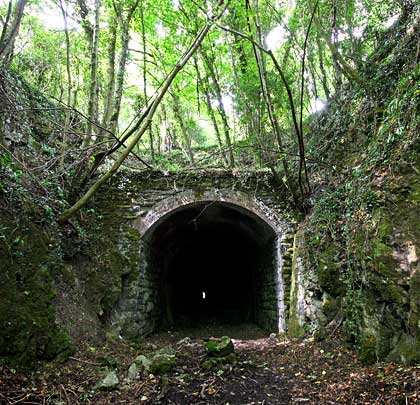
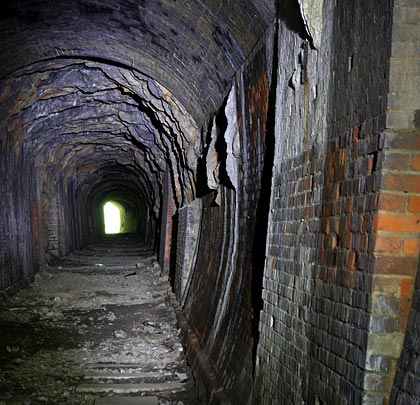
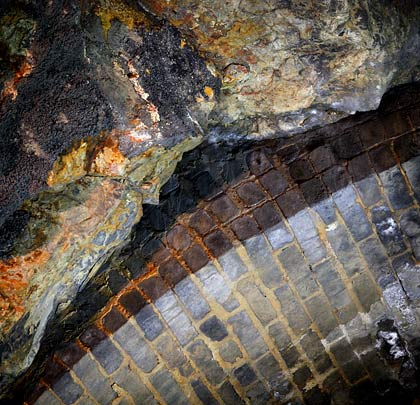
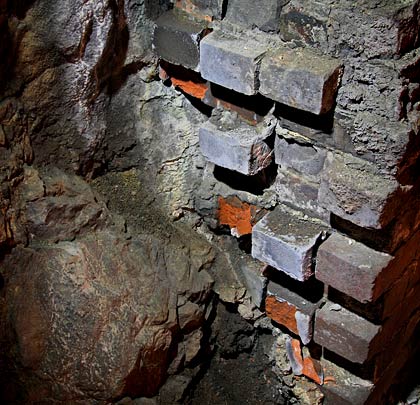
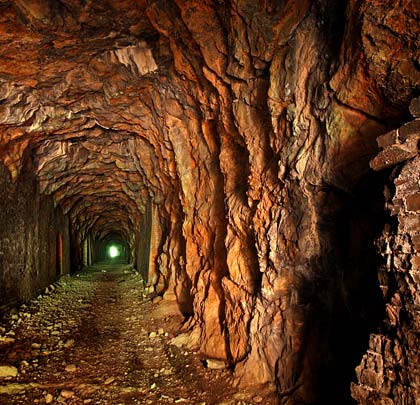
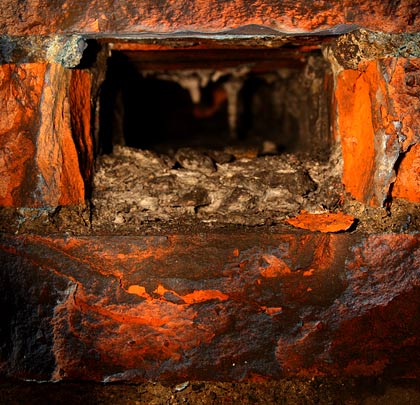
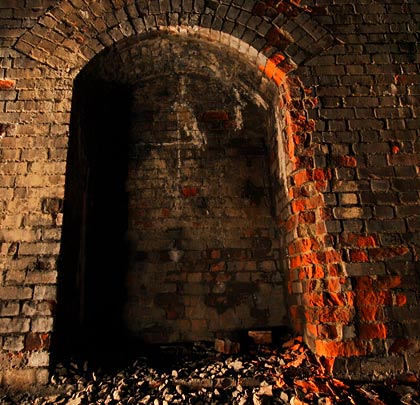
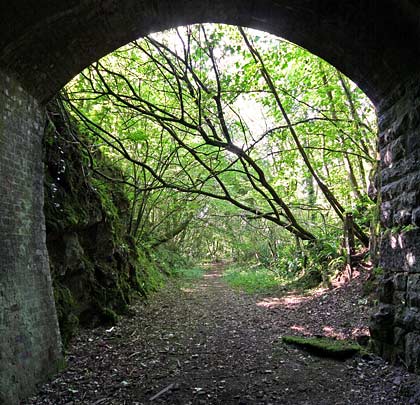
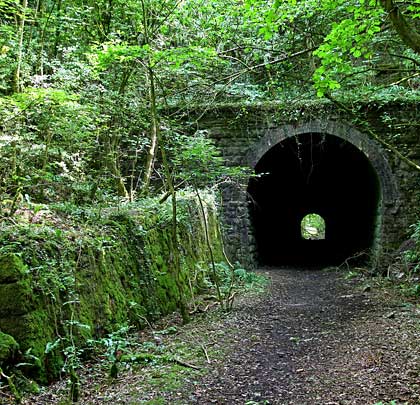
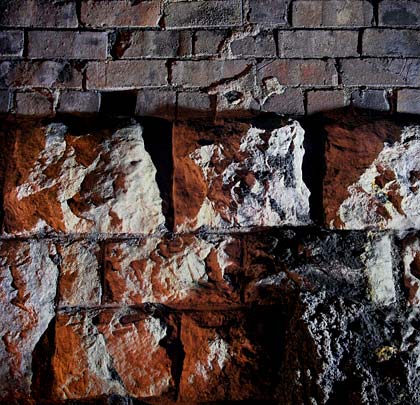
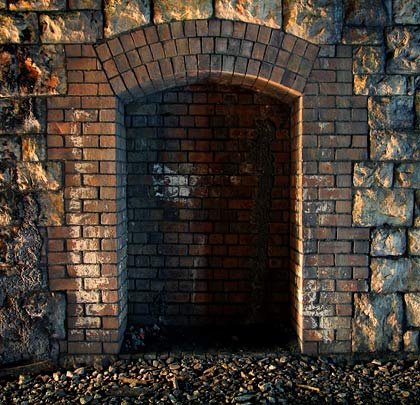
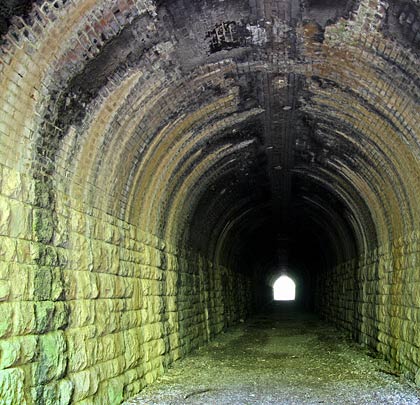
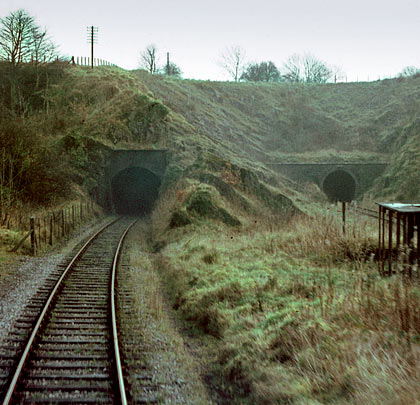
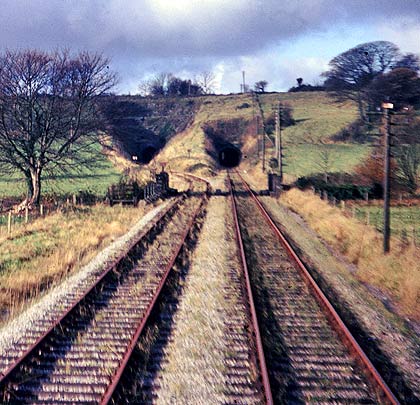














In 1872, work began on an extension to the Somerset & Dorset Railway, linking a new junction at Evercreech with the Midland Railway at Bath. Costing £400,000, this single track ‘branch’ became the S&D’s main line when it opened on 20th July 1874 as it created a direct link between the Midlands and south coast.
North of Shepton Mallet the line climbed a 1:50 gradient, passing through Windsor Hill in a tunnel of 242 yards. Its construction was attended by tragedy on 18th August 1873, shortly after six navvies started work on the night shift. A block of stone weighing several tonnes fell from the roof, fatally crushing four of the men beneath it and seriously injuring a fifth. Miraculously, the other escaped with only bruises.
As built, the tunnel was largely unlined, exposing its natural lias limestone, but incremental repairs saw discrete sections of wall and roof added, mostly in brick, over the years that followed. The portals are masonry with a few yards of brick arch extending inwards from both. Towards its northern end, the structure curves to the west. Beyond was access into the sidings for two quarries.
Through the 1880s, traffic levels grew quickly. This prompted the line’s doubling in stages. The last section to benefit, in 1892, was Shepton Mallet to Binegar, necessitating the boring of a second tunnel for Up trains. Driven further west with more extensive approach cuttings, this one was shorter at just 132 yards. It is lined throughout with masonry sidewalls and a brick arch. Neat refuges are provided in both walls at regular intervals.
An active campaign to save the S&D was lost in 1965 when the then Transport Secretary Barbara Castle confirmed its closure. Scheduled for 3rd January 1966, it was deferred when one of the operators withdrew its application for a licence to provide some of the alternative bus services; an emergency rail timetable was instead introduced on that date. But on 7th March services on the S&D between Bath and Bournemouth finally came to an end.
Shortly after its closure, Windsor Hill’s original Down tunnel was used to test Concorde’s Rolls Royce engines. In 1968, steel doors were attached for this purpose and, three years later, a sign warned people to stay out because of possible contamination from “radioactive oil”. In 1981 planning permission was granted for the tunnels’ conversion into nuclear bunkers, although this lapsed without being exercised. The doors were removed in 1990 but the tunnel remains fenced off.
The newer Up bore now forms part of a greenway incorporating the nearby Bath Road and Ham Wood viaducts. It is particularly benign, but lacks the character of its neighbour.
 January 2013
January 2013





